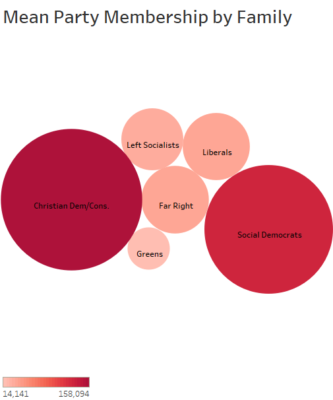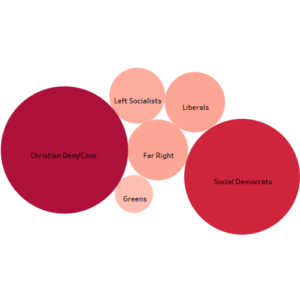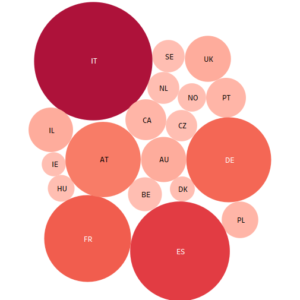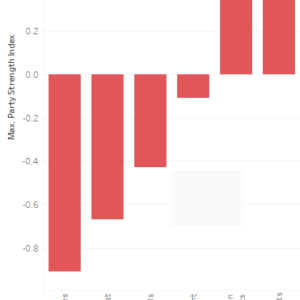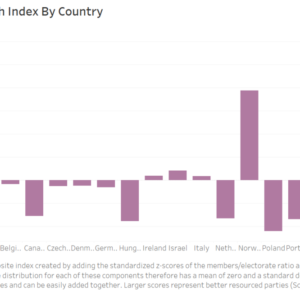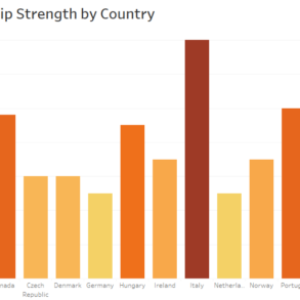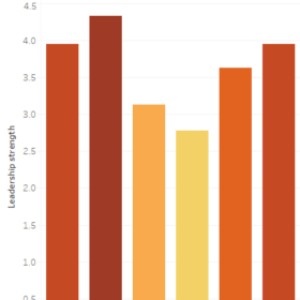Political Party Data
Please cite both the database and the foundation article when using the data.
Round 2: Thomas Poguntke, Susan E. Scarrow, Paul D. Webb, 2022. “Political Party Database Round 2 v4”, https://dataverse.harvard.edu/dataset.xhtml?persistentId=doi:10.7910/DVN/0JVUM8
Round 2 citing article: Susan E. Scarrow, Paul D. Webb, Thomas Poguntke, 2022. “Intra-party decision-making in contemporary Europe: improving representation or ruling with empty shells?”, Irish Political Studies 37: 196-217.
Consolidated Round1a_1b: Thomas Poguntke; Susan E. Scarrow; Paul D. Webb, 2020, “PPDB_Round1a_1b_consolidated_v1”, https://doi.org/10.7910/DVN/NBWDFZ, Harvard Dataverse, V1, UNF:6:7TqxInvGFY2Kh4OGcviQ+A==
Thomas Poguntke; Susan Scarrow; Paul Webb, 2017, “Political Party Database Version 1a.3 (2017 Update)”, https://doi.org/10.7910/DVN/LCZTAN, Harvard Dataverse, V1, UNF:6:J8/xsmsdSoDwAQLC6t2zew==
Round 1 citing article: Thomas Poguntke, Susan E Scarrow, Paul D Webb, Elin H Allern, Nicholas Aylott, Ingrid van Biezen, Enrico Calossi,Marina Costa Lobo, William P Cross, Kris Deschouwer, Zsolt Enyedi, Elodie Fabre, David M Farrell, Anika Gauja, Eugenio Pizzimenti, Petr Kopecký, Ruud Koole, Wolfgang C Müller, Karina Kosiara-Pedersen, Gideon Rahat, Aleks Szczerbiak, Emilie van Haute, and Tània Verge. (2016). “Party rules, party resources and the politics of parliamentary democracies: How parties organize in the 21st century.” Party Politics 22: 661-678
Click here for a detailed explanation of the intra-party democracy (IPD) index.
Click here to access an SPSS file with coding instructions for the IPD index.
Sign up here to receive PPDB Updates!
PPDB data provides basic information about political parties and three modules incorporating information on party resources and events, party structures and institutions, and national legislative elections. PPDB Round 1a data covers 122 parties in 19 countries in the period 2010-14. Round 1b data covers an additional 24 parties in 6 countries for 2013-16. Round 2, released in March 2022, covers 288 parties in 51 countries for 2016-19, and includes 427 variables.
The datasets can be explored and downloaded from our Dataverse site, where it will be routinely updated as we expand to more parties.
